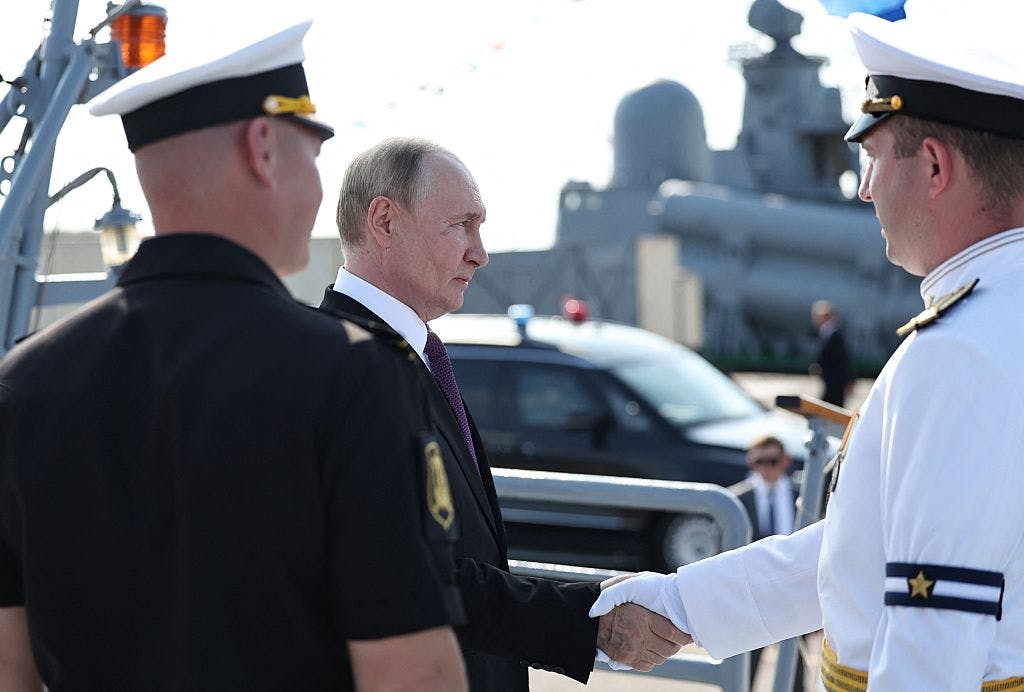President Donald Trump recently delivered a striking update on the staggering human cost of a protracted international conflict, revealing figures that underscore the immense scale of reported losses. His statements on a public platform highlighted the extensive casualties incurred by forces of a major participating nation, emphasizing the gravity of the ongoing situation.
According to the former president, recent intelligence indicated that nearly 20,000 military personnel from one side of the conflict had been reported killed in action over the preceding month alone. This grim accounting brought the cumulative death toll for these forces since the conflict’s inception to a harrowing 112,500, painting a stark picture of the sustained intensity of the engagements.
Trump further detailed significant losses for the defending forces, noting approximately 8,000 casualties since the beginning of the year. He clarified that this figure did not encompass those reported missing in action, suggesting the actual impact could be even higher. The former president did not, however, disclose the specific sources or methods by which these updated casualty statistics were provided to him, leaving some aspects of the data’s provenance open to speculation.
The estimation of precise casualty numbers in such conflicts is notoriously challenging, often complicated by the strategic information efforts of all involved parties. These efforts can sometimes lead to an underreporting of one’s own losses, making independent verification difficult. Analysts frequently grapple with incomplete data when attempting to present an objective assessment of the human toll.
Illustrating the profound impact of this particular conflict, one prominent research institution recently projected a devastating future for one of the major combatants, suggesting that up to one million of their soldiers could be either killed or wounded by mid-2025. This same study estimated a quarter of a million fatalities for these forces already, placing the conflict’s severity in a chilling historical context.
Indeed, the scale of these reported fatalities far surpasses many previous engagements for the nation in question, with estimates suggesting losses several times greater than the combined total from all their military involvements since the conclusion of the Second World War. This historical comparison underscores the unprecedented nature of the current bloodshed and its lasting implications.
In light of these developments, President Trump has increasingly urged key figures in the conflict to pursue a diplomatic resolution, advocating for an end to the escalating hostilities. He has openly expressed frustration over the continued intensity of the engagements even amidst ongoing negotiation attempts, highlighting the urgent need for tangible progress towards peace.
Recently, Trump announced strategic military maneuvers in response to what he termed “highly provocative statements” from a prominent diplomatic counterpart. He publicly stated his decision to deploy naval assets to strategically relevant regions, underscoring the delicate balance of power and the importance of cautious rhetoric in international relations. The former president remarked on a public platform that “Words are very important, and can often lead to unintended consequences,” conveying his hope that these escalations would not result in further unforeseen complications.
These geopolitical statements and counter-responses underscore the complexities of navigating global tensions. With the international community closely observing, the calls for de-escalation and meaningful dialogue resonate more strongly than ever, as leaders weigh strategic decisions against the backdrop of reported human costs and the pursuit of stability.





Leave a Reply